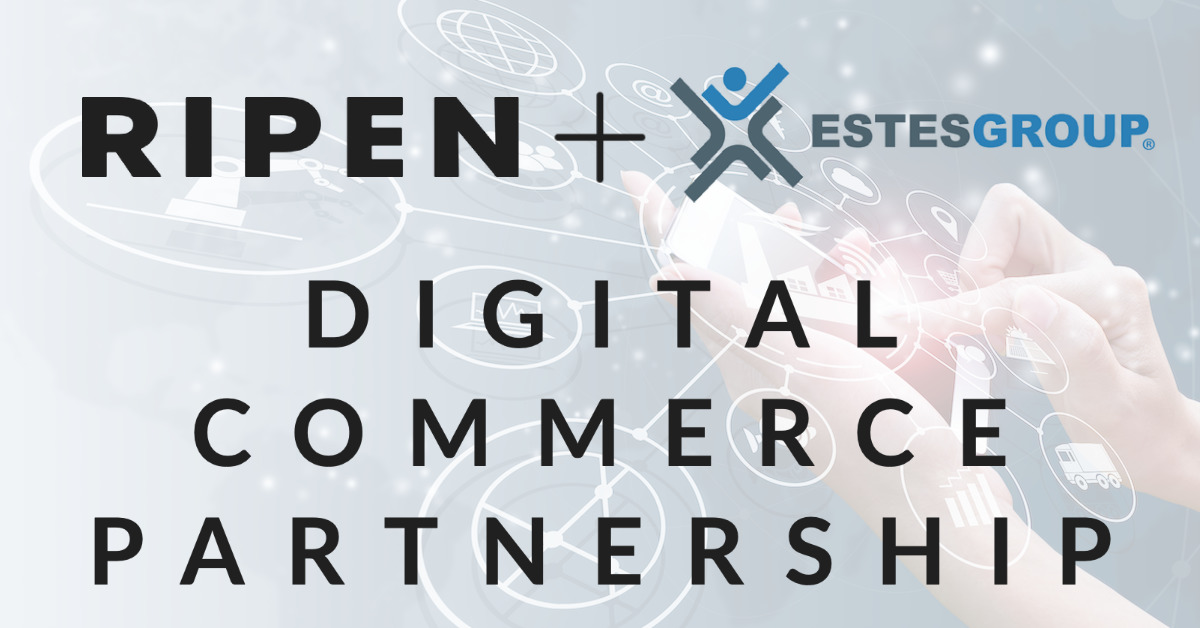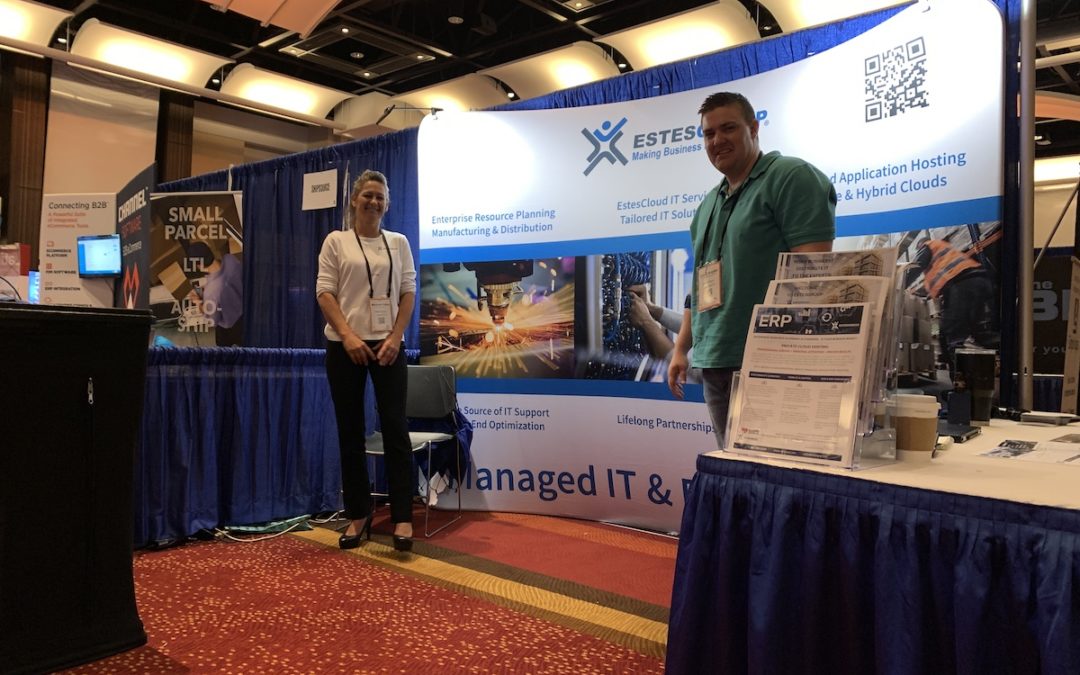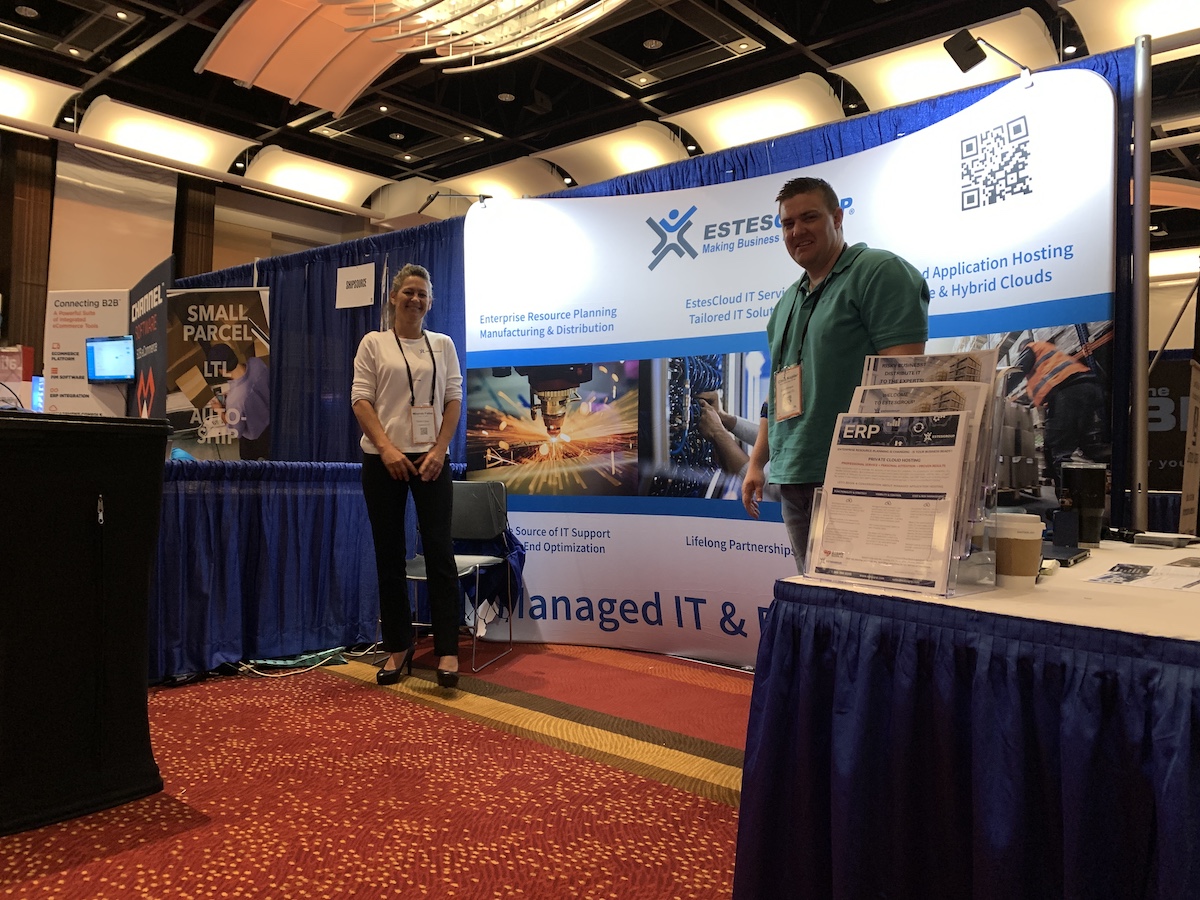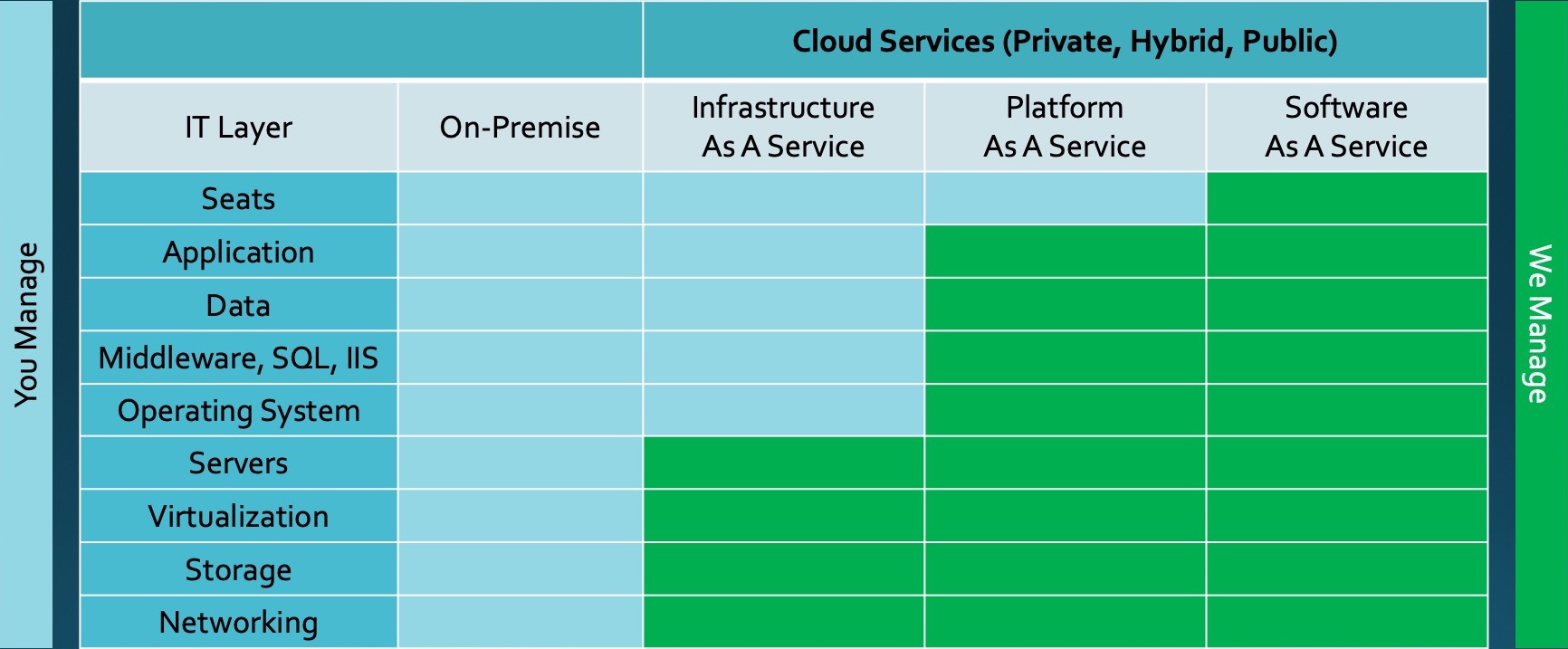
EstesGroup Partners with RIPEN for Digital Commerce
ESTESGROUP & RIPEN ANNOUNCE DIGITAL COMMERCE PARTNERSHIP
EstesGroup has announced a partnership with RIPEN, a leading digital commerce experience agency. The strategic alliance allows the two tech leaders to join forces and offer best-in-class Prophet 21 and e-commerce consulting, solutions, and managed services.
The EstesGroup and RIPEN partnership aims to serve Prophet 21 users by offering a comprehensive set of digital capabilities to help distributors grow revenue and reduce operational costs.

We are excited to partner with RIPEN. RIPEN’s robust and flexible P21 Commerce platform, extensive B2B experience, and superior customer service make the agency a leader in the industry, and a great partner for EstesGroup.

For 18 years, RIPEN has consistently delivered digital commerce transformations. Our experience enables us to distill technical requirements and strategic goals to recommend creative solutions for digital growth and success. This partnership is a step towards our vision of providing unified support for ERP and ecommerce platforms.
About RIPEN
RIPEN develops creative and technical strategies to build highly persuasive digital commerce experiences that convert, scale, and thrive. RIPEN P21 Commerce integrates Epicor Prophet 21 with Magento 2 to offer an optimized B2B experience and robust set of features.
Build and launch 2-3x faster on RIPEN P21 Commerce, the only natively integrated Prophet 21 e-commerce accelerator platform.
Are you looking for a better Prophet 21 e-commerce experience?
Schedule a consultation to discuss your requirements and digital goals today.













